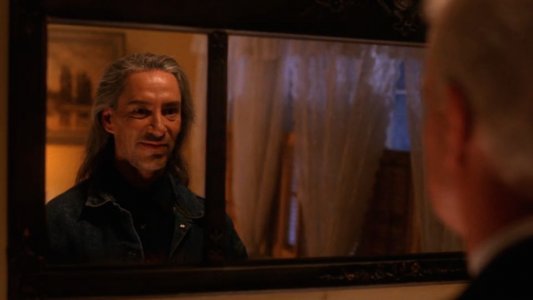La Rose bleue de la télévision : "Twin Peaks", naissance de la série à décodage
Abstract
Twin Peaks is often seen as the first TV series to make its audience feel that it needed to be watched, at least, twice. Though this desire to rewatch the series can be partly attributed to a combination of Twin Peaks’ generic identity and of technological factors (VCRs, the Internet) that make rewatching possible, it is first and foremost a consequence of the key scenes in the series which urge the viewers to decode what they are watching (“instructions scenes”).
Therefore, Twin Peaks begot the rise of the decodable series, that is, series which must be rewatched to be fully understood. However, while most series influenced by Twin Peaks use anticipative decoding (rewatching to anticipate the plot) or retroactive decoding (rewatching to uncover a new meaning), Mark Frost and David Lynch’s creation suggested a third possibility: hermeneutic decoding.
This type of decoding consists of a confrontation with the metaphysical mysteries which are inherent in mystery fiction. Furthermore, by relying on Twin Peaks’ open-ended storytelling, hermeneutic decoding also allows the audience to participate in the series’ key narrative project: the creation of a never-ending story.

Downloads
Pubblicato
Come citare
Fascicolo
Sezione
Licenza
Copyright (c) 2023 Elephant & Castle

TQuesto lavoro è fornito con la licenza Creative Commons Attribuzione 4.0 Internazionale.





